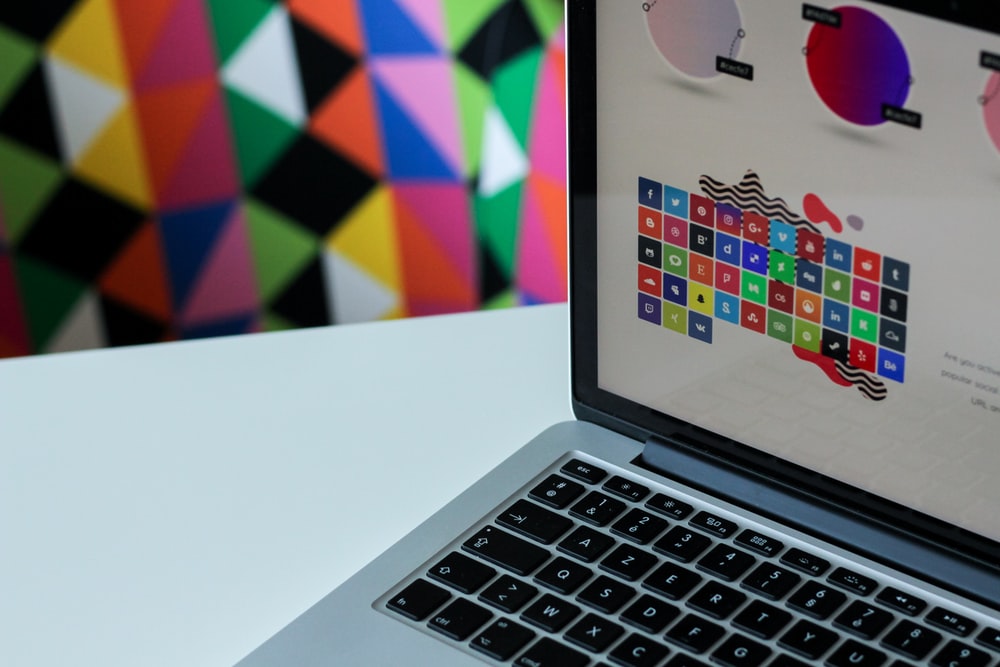In everyday life, we constantly encounter interfaces. These are social networking sites, and controls in the car, and a remote control for the TV, and voice control of a smart home, and a panel of buttons in the elevator.
It turns out that we use one product to manage another product. But let’s not list all the phenomena in our lives, but talk directly about web services and applications and how to make their use convenient.
Why do I need a UI
We figured out what the user interface is, but it is not yet clear how much we need it or whether it is worth spending money on its development and design. So let’s go back to the elevators for a minute.
The elevator is convenient. It allows you to get to the upper floors with a minimum of time and physical costs. But what good would it be if we could not easily open it, choose the floor and, if necessary, stop ahead of time? All of the above is feasible, but in what way? Will the lever control allow the passenger to take the necessary actions or is it wiser to use button control? Here an important point appears: which elevator control interface to choose.
Modern web services and systems are fundamentally changing the way people work. There are, for example, control systems for theatrical mechanisms that simplify the work with electronic equipment, making it unnecessary to stay with the equipment. But it is unlikely that the work will be simplified if such systems have an interface that is too complicated.
It turns out that the program interface not only solves our problem of interaction with the application, but also makes this interaction as comfortable as possible. We need to have an interface that allows you to get acquainted with the capabilities of the application and understand the basic principles of working with it with less effort.
UI development
So that we don’t have problems when using any application, smart people visualize its functionality in the form of understandable elements, and behind this visualization lies a whole kitchen of UX / UI-design.

The line between UX (User Experience) and UI (User Interface) is very thin, but if you look, it becomes clear that UX helps to understand the user. UX-design has a more psychological aspect than technology. UX learns the user: how the user lives, what he thinks, how and what he does, and what surrounds him. The task is set for the designer – to help an ordinary person easily figure out your software product and get satisfaction from working with it.
And to understand the user is very important. No one will want to fill out twenty fields of the registration form on the site or click fifteen tabs before getting to the desired function. “The user should not be forced to interact with the program longer than necessary to solve a particular problem” (Alan Cooper, “The mental hospital in the hands of patients”).
This is a real problem that a designer must solve, and we’ll get to know the stages of solving this problem a little closer.
Concept
First, we need to navigate the elements of the future interface. To do this, we will define the task, examine the subject area, the audience, and how it uses the product.
The phased creation of the application interface and complex systems saves time, structures all the work, reduces the likelihood of additional cash investments. I think from all of the above it is already clear that the interface is, in principle, necessary for convenient user interaction with the application. But what’s most important is the ability to develop an interface in which the user will find the key functions of the product for the minimum time necessary for this.
